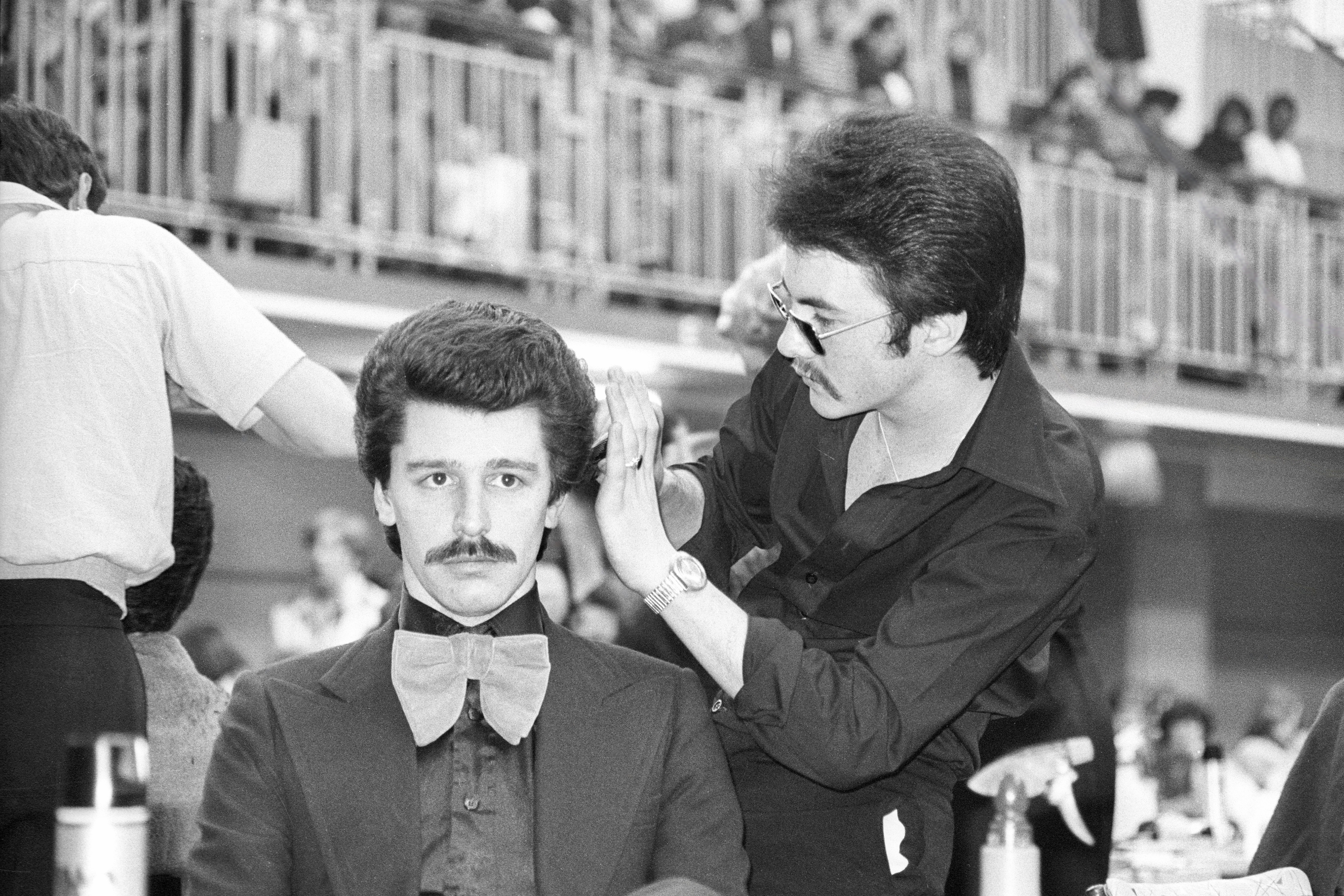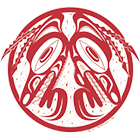FILM 308V - Historical Hair Design for Film and Media Micro-Credential
Course Description

Every piece of a film project has to feel authentic to bring the viewer into its world. From sets to props to wardrobe, each element is essential for success – but with the screen time and close-ups that the Hair department can expect, the need to get the look right is more important than ever.
Hair is an element both of character and of realism in film. It grounds the film in a moment in time, a place, and a socio-cultural context, and any errors in design can take the viewer out of the story. Being able to create looks that are appropriate to the historical and cultural context of a story is essential, whether the project is Marie Antoinette or Derry Girls.
This 21-hour Micro-Credential will give an overview of hair styling practices from ancient times to the modern era, will focus on techniques and materials needed to authentically recreate these fashions, and will include practical, hands-on projects in studying, designing, and executing a historically inspired look.
Learner Outcomes
-
Understand a script to create a breakdown plan for hairstyles required
-
Define a character look and make it camera ready
-
Identify different genres and eras and create hairstyles for each
-
Learn different techniques for adapting and creating styles that are your own
Prerequisites
This course is suitable for any individual who holds a current Red Seal Hairstylist Certification, a Certificate of Qualifications from the Beauty Council of Western Canada or a British Columbia Hair License.
If you do not have these prerequisites, please email prosit@camosun.ca for recommendations.


